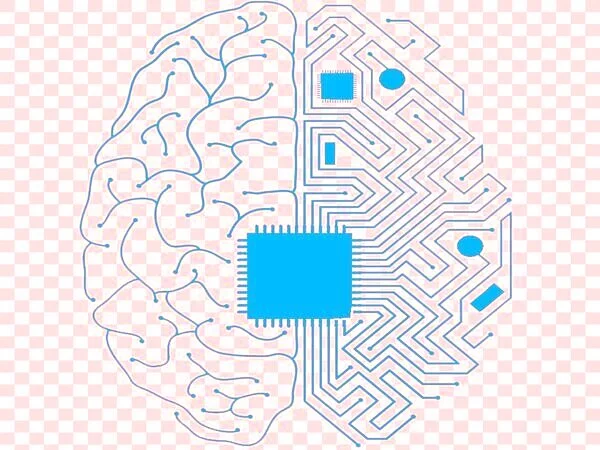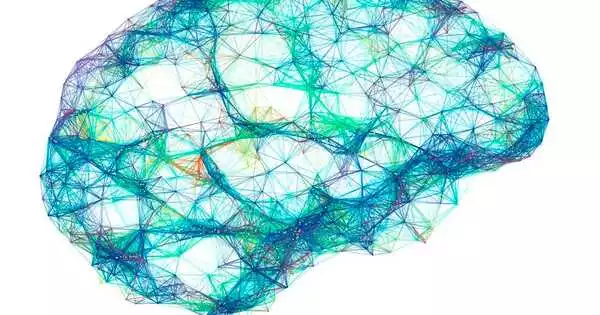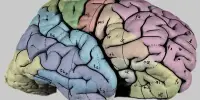The use of very-large-scale integration (VLSI) systems containing electronic analog circuits to mimic neuro-biological architectures found in the nervous system is known as neuromorphic engineering. A neuromorphic computer/chip is any device that performs computations using physical artificial neurons (made of silicon). The term neuromorphic has recently been used to describe analog, digital, mixed-mode analog/digital VLSI, and software systems that implement neural system models (for perception, motor control, or multisensory integration).
Purpose
The goal of neuromorphic computing systems is to process information in a manner similar to that of the human brain. A neuromorphic system, rather than a traditional von Neumann computer, generally relies on a neural network, in which memory and processing elements are intimately co-located within the same hardware. Neuromorphic computing makes use of computational memories, which can store and process data through physical laws within the device and/or circuit.
On the hardware level, oxide-based memristors, spintronic memories, threshold switches, and transistors can be used to realize neuromorphic computing. Training software-based neuromorphic systems of spiking neural networks can be accomplished through error backpropagation, such as with Python-based frameworks like snnTorch, or through canonical learning rules from the biological learning literature, such as BindsNet.
Understanding how the morphology of individual neurons, circuits, applications, and overall architectures creates desirable computations, influences how information is represented, influences robustness to damage, incorporates learning and development, adapts to local change (plasticity), and facilitates evolutionary change is an important aspect of neuromorphic engineering.
Neuromorphic engineering is an interdisciplinary field that draws inspiration from biology, physics, mathematics, computer science, and electronic engineering to create artificial neural systems such as vision systems, head-eye systems, auditory processors, and autonomous robots with physical architecture and design principles based on biological nervous systems. Carver Mead created it in the late 1980s.

Neurological inspiration
For the time being, neuromorphic engineering is distinguished by the inspiration it draws from what we know about the structure and operations of the brain. Neuromorphic engineering is the process of translating what we know about brain function into computer systems. The majority of research has concentrated on replicating the analog nature of biological computation and the role of neurons in cognition.
The biological processes of neurons and their synapses are enormously complex, making artificial simulation extremely difficult. The use of analog chemical signals for all processing in neurons is a key feature of biological brains. Because the current generation of computers is completely digital, it is difficult to replicate brains in computers. However, the characteristics of these parts can be abstracted into mathematical functions that closely capture the essence of the neuron’s operations.
The goal of neuromorphic computing is not to perfectly replicate the brain and all of its functions, but rather to extract what is known about the brain’s structure and operations for use in a practical computing system. No neuromorphic system will claim or attempt to replicate every element of neurons and synapses, but all will agree that computation is highly distributed across a series of small computing elements analogous to neurons. While this sentiment is common, researchers pursue this goal in a variety of ways.
















